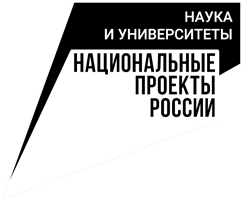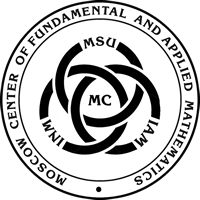Organizing Committee
- Huijun Fan (SMS PKU)
symplectic geometry and mathematical physics, geometric analysis - Sergey Gorchinskiy (MI RAS)
algebra and geometry: algebraic geometry, K-theory - Hailiang Li (SMS CNU)
fluid mechanics, partial differential equations, analysis - Jinsong Liu (AMSS)
algebraic geometry: singularity theory - Yi Liu (BICMR)
Topology of 3-manifolds, hyperbolic geometry - Denis Osipov (MI RAS)
algebraic geometry, number theory, integrable system - Ye Tian (UCAS, AMSS)
Number Theory, Arithmetic Geometry, Iwasawa Theory - Alexey Tuzhilin (MSU)
geometry: Riemannian and metric geometry - Yue Yang (CE PKU)
computation mathematics and mechanics - Ping Zhang (AMSS)
P. D. E.: fluid equation and semi-classical analysis - Alexander Zheglov (MSU)
geometry: algebraic geometry, integrable system
PROGRAM
11:00 (GMT+3)
| Jun Yu Peking University |
|
|
Bio: Jun Yu obtained PhD from ETH Zurich in 2012, and then did postdoc in IAS Princeton and MIT. He is now an associate professor in Peking University. His research field is representation theory of Lie groups. |
|
Dimension datum of a subgroup.
The dimension datum problem asks for the determination of a closed subgroup in a given compact Lie group from its dimension datum, which is a spectral invariant of the subgroup. In this talk we present our series of works on the dimension datum problem.
12:00 (GMT+3)
| Mariya Grechkoseeva Sobolev Institute of Mathematics SB RAS |
|
|
Bio: Mariya Grechkoseeva works at the Sobolev Institute of Mathematics, Novosibirsk. She is a Doctor of Physics-Mathematics Sciences (Russian analogue of habilitation) and a head of the laboratory of algebra. |
|
Element orders and the structure of a finite group.
To every finite group G, we can assign the set $\omega(G)$ consisting of all positive integers arising as element orders of G (so, for example, \(\omega(A_5)=\{1,2,3,5\}\)). It is a natural question to ask what we can say about the structure of G given some properties of $\omega(G)$. Within this framework, I will discuss a more narrow question of to what extent \(\omega(G)\) determines G provided that G is a finite nonabelian simple group.
The meeting will be held in the form of a webinar on the Voov platform.
1) Download VOOV from here https://voovmeeting.com/mobile/downloadindex.html
2) Install it and register in it naturally (registration by e-mail).
3) However, if you have some difficulties, please, consult to https://zhuanlan.zhihu.com/p/589899174?utm_id=0
To Join Tencent Meeting:https://meeting.tencent.com/dm/hqYEj68Ft9hH
Meeting ID:638-406-013
Password:202403

